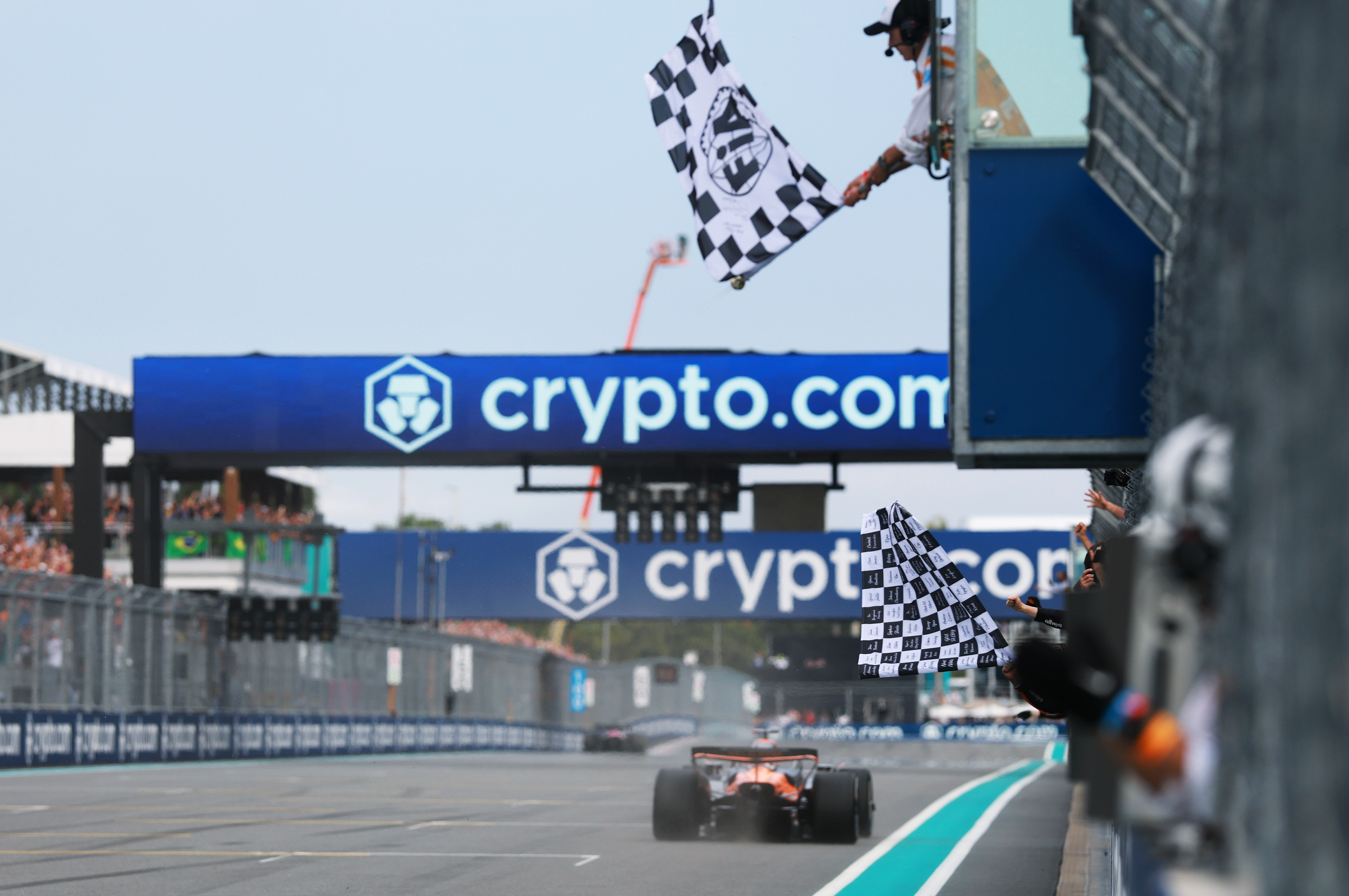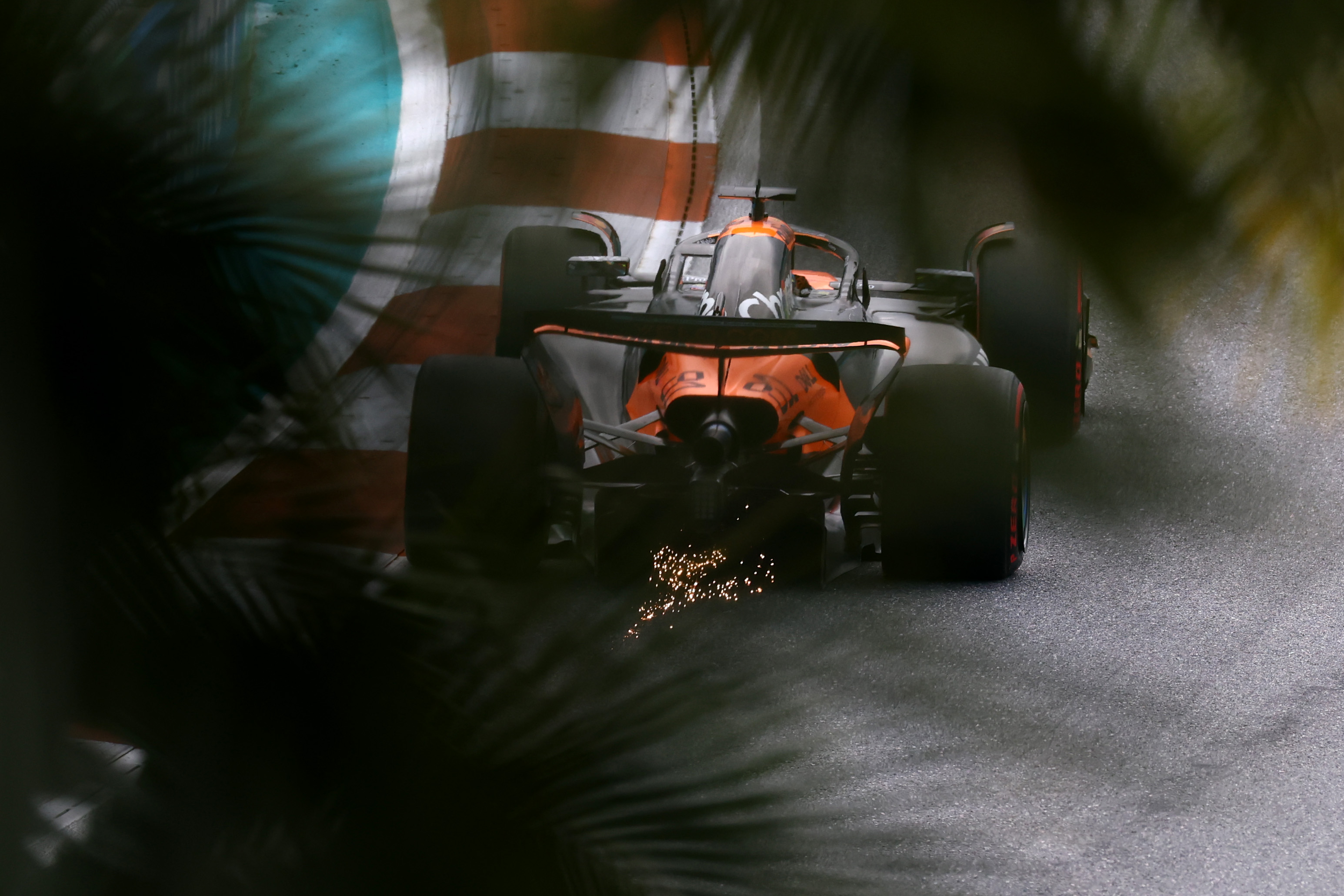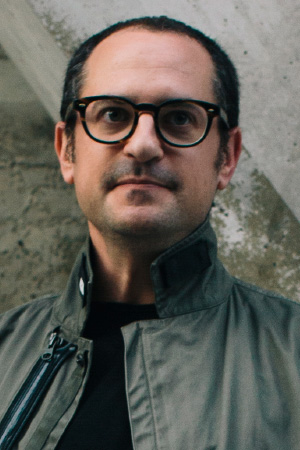F1 in Miami: Like normal F1, but everyone wears pastels
The Miami event exemplifies the new breed of F1 venues, but it races well.
Oscar Piastri’s McLaren during qualifying for the Miami Grand Prix. Credit: Clive Rose/Getty Images
After a brief reprieve, Formula 1’s teams were back at it this past weekend at the Miami Grand Prix. It was the first of three stops in the US and five in North America as F1 capitalizes on its current wave of popularity here. The sport evidently believes something is going right—it just announced a contract extension that will see the event remain on the calendar for another 16 years.
The Miami race is among the latest of F1’s new breed of Grands Prix. It was originally supposed to be more of a true street circuit like Baku or Singapore or Las Vegas, with a route that crossed over a bridge into South Beach. But the track is laid out around the various parking lots of Miami’s Hard Rock Stadium, like a 21st-century version of the early ’80s Caesars Palace Grands Prix or the now-defunct Sochi race that wound its way around Vladimir Putin’s favorite sea-side theme park.
Ticket prices appear to have come down a little now that the race is in its third year, but the “beach club” and Potemkin marina remain, even if they didn’t look particularly busy on any of the overhead shots. Despite what looked like sparse attendance on Friday and Saturday, we’re told that 275,000 people attended across the weekend.
Some might find the Miami venue a little brash, but there’s no denying it races well. And not just with F1—check out the F1 Academy race if you can, where we saw Doriene Pin demonstrate her considerable talent yet again, winning from sixth on the grid, this time with extremely stiff competition from Alisha Palmowski.
Still, as a longtime F1 fan, it is hard to reconcile a contract extension until 2041 for this parkinglot event when Spa-Francorchamps—not only the best track on the calendar but also one with decades of racing history—will have to alternate with other events, so there will be no Belgian Grand Prix in 2028 or 2030. This is particularly true as F1’s own press release notes that 380,000 people went to the Belgian race weekend last year.
It’s hard to even think what F1 will look like as it goes into the 2040s. By then, Formula E’s exclusive rights to be the FIA’s electric single-seater championship will have expired. Could we see an all-electric F1? It’s certainly possible by then.
In the meantime, the agitation from some corners to change the next set of technical regulations, which go into effect next year, seems to be done. Instead, we learned from The Race that all is not entirely well with F1’s synthetic fuels. These are to be introduced next year as part of the sport’s efforts to become carbon-neutral by 2030. But costs are escalating, with fears that these synthetic fuels could cost more than $1,000 per gallon—it’s a good thing fuel is excluded from next year’s cost cap.
This weekend was another sprint event, where a short race on Saturday morning replaces one of the practice sessions. It was delayed by a heavy downpour that saw Charles Leclerc’s Ferrari wreck into the wall on its way to the grid. Ferrari—wearing a ghastly livery that looked too much like the Russian flag—got caught out by the timing of the rain, and Leclerc’s intermediate tires were no match for the standing water he encountered and then aquaplaned upon.
Mercedes’ teenage phenom Kimi Antonelli scored his first pole position to start the sprint alongside McLaren’s Oscar Piastri, who beat the youngster to the turn 1 apex at the start. Antonelli’s day got worse when he had to call off a pit stop after Red Bull released Max Verstappen into his path in the pit lane, effectively performing a drive-through penalty as a result. Sprint races don’t normally involve tire changes, but in this case, the track dried to the point that slick tires were a much faster option, even with the time lost changing them.
Piastri ended the sprint displeased, too. He made his own tire stop, relinquishing the lead to his teammate Lando Norris, who went into the pits for dry tires of his own just as a crash brought out a safety car. With Piastri forced to circulate at a much slower pace behind the safety car, Norris had time to change his tires and remain in the lead until the end of the race.
Yet again, Ferrari’s Lewis Hamilton did well in the sprint, making it to the third step of the podium. Hamilton was much closer to his Ferrari teammate Leclerc this weekend, which would perhaps be encouraging if not for the fact that Leclerc was also just slow. In fact, both Williams cars outqualified the Ferraris for the main race, although Carlos Sainz finished just behind the pair of them on Sunday.
Rain canceled Sunday’s F1 Academy race and threatened to interrupt or affect the main event. But the worst of it was some spray during the driver parade, which this time made use of some full-size Lego F1 cars. The race was to be dry, fast, and furious.
Verstappen led at the start, but his car was not fast enough to keep him there for long. Rudy Carezzevoli/Getty Images
Max Verstappen had dragged his car to pole position for Sunday’s race and kept his elbows out at turn 2 at the start to force Norris off at the apex, dropping the McLaren driver from second to sixth place. A virtual safety car interrupted the race as Alpine’s Jack Doohan got wrecked. It was a terrible weekend for the Australian, who had his sprint-qualifying session ruined by his own team and is now almost certain to be replaced at the next race by Franco Colapinto.
Piastri made rather quick work of Antonelli, who was in second, then got past Verstappen to take the lead with a clinically precise move on lap 14. It took Norris a little longer to deal with the reigning World Champion, four laps in which Norris lost a second a lap to Piastri before he slotted into second place.
From there, the pair of McLarens disappeared off into the distance. Last time, I wrote about how close the entire grid has become under this latest set of rules. The race in Miami bucked that trend as the McLaren showed much faster race pace than anyone else, thanks in large part to much higher track temperatures. Third place went to George Russell, who is getting the most out of his Mercedes every time he straps in. Even so, Russell was more than half a minute behind the orange-and-black cars at the checkered flag.

Piastri wins again. Credit: Mark Thompson/Getty Images
Piastri now leads Norris in the championship by 16 points.
Jonathan is the Automotive Editor at Ars Technica. He has a BSc and PhD in Pharmacology. In 2014 he decided to indulge his lifelong passion for the car by leaving the National Human Genome Research Institute and launching Ars Technica’s automotive coverage. He lives in Washington, DC.






